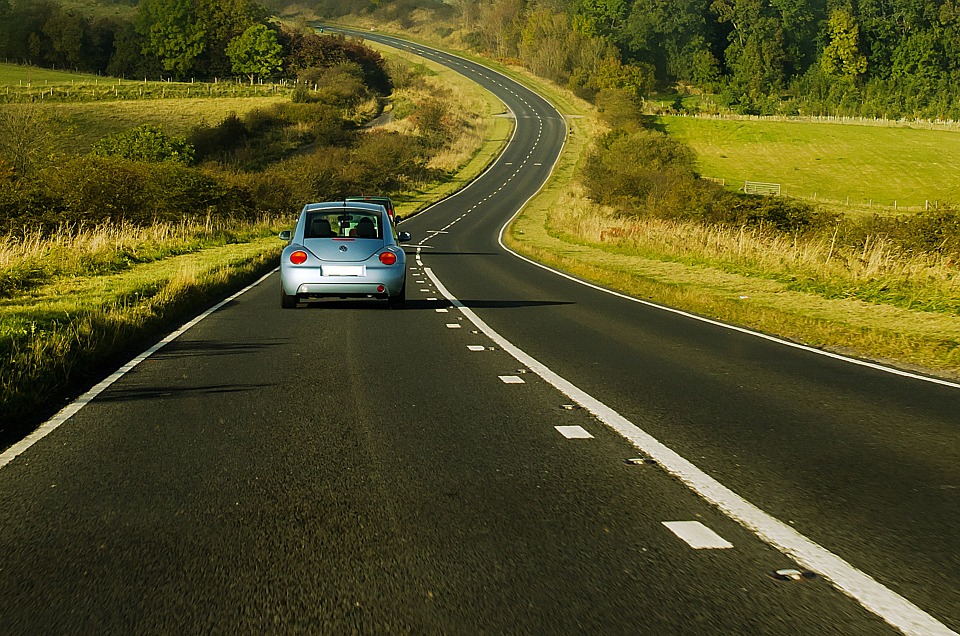Understanding your driving licence: common misconceptions
There are currently 40 million people in the UK who hold a full driving licence, and with 5 categories denoting the type of vehicles you can drive (each with individual codes) it can be tricky to know what vehicles your licence actually permits you to drive, as well as other information.
Below, we have listed a guide that aims to help you navigate your driving license a little better.
Full driving licence- Category B
As a result of an EU directive, photocard licences were introduced to allow licence holders the freedom to move around any European country, as well as being in a more secure format that reduces the opportunity for impersonations.
Classed as having category B1 entitlement, these license holders are legally allowed to drive a four-wheeled vehicle up to 400kg unladen or 550kg if loaded with goods.
Caravans
It’s estimated that there are 555,000 touring caravans in the UK, and on a Bank Holiday it can feel like your stuck behind all of them!
If you passed your test after 1997 you will have to take an additional test if the additional towing weight is over 3,500kg. Despite modern caravans weighing less than 2,000kg it is always worth double checking before your trip.
It’s also worth noting that just because your licence indicates you can tow a caravan, your car might not be able to. It’s suggested that you use the 80% rule when towing, in that you tow 80% of the vehicle’s maximum capacity. The main reasons for this are ensuring safe breaking and acceleration.
Driving for your career
For some job roles, it’s necessary to take an additional test, for example if you are a sports coach or PE teacher and need to drive a minibus with a weight of more than 3.5tonnes and more than 9 seats. If you are a carer, an Allied Fleet lightweight care home vehicle is light enough that drivers don’t need the additional D1 category licence training.
Driving after 70
Driving can be a vital part of maintaining independence when we get older, but after 70 our driving licence expires. But, this doesn’t mean you have to stop driving. Simply complete the D46P from the DVLA to renew your licence.
If, however you have developed a medical condition that could affect your driving, you must inform the DVLA.
Renew every 10 years
Your licence needs renewing every 10 years, and that date can be found under 4b on your photocard. Beware; if you’re one of the two million people driving with an out-of-date driving licence, you could face a £1,000 fine.
The DVLA also need to be kept informed of any change of address as well change of name, or again you could face that hefty fine.
If in doubt, it’s always worth checking your licence categories to understand what you can and can’t drive. It’s also worth noting you don’t need to pass an additional test to drive a tractor!

